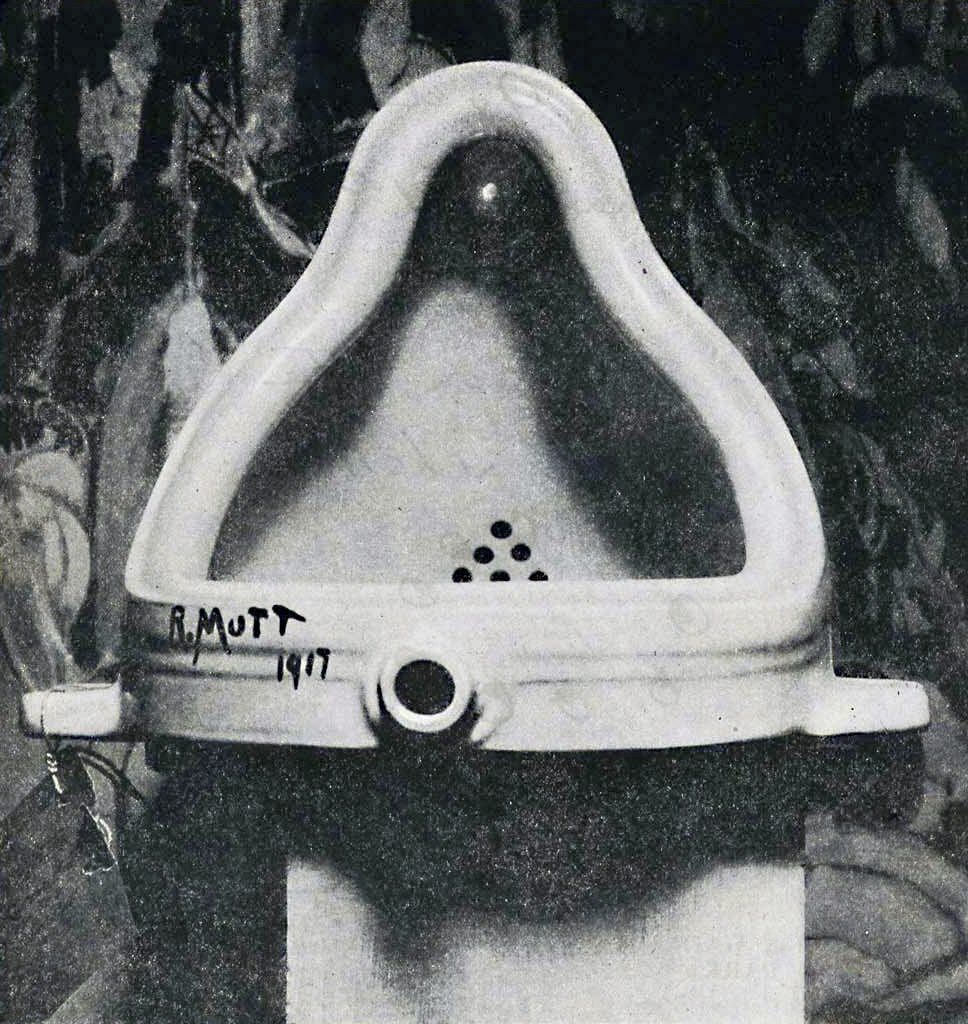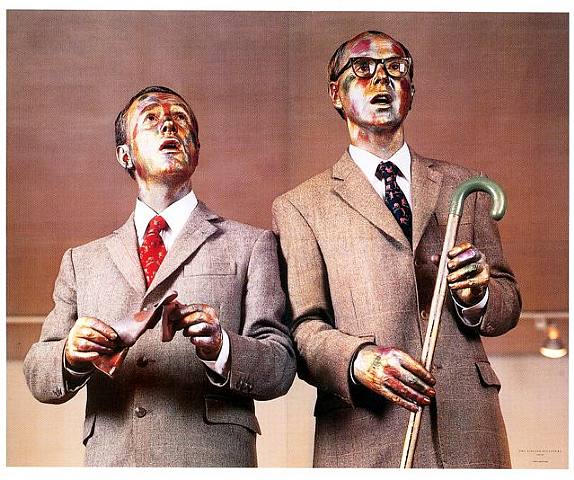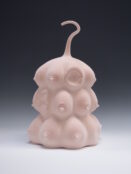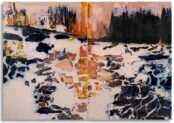[dropcap style=”font-size:100px;color:#992211;”]A[/dropcap]n aspect which emerges in the post-modernism is ‘Anti Art’ this is a reflection of the often ironic, self knowing stance of the anti-artist who creates work which undermines or exposes certain artistic conventions.
“Anti-art is a loosely-used term applied to an array of concepts and attitudes that reject prior definitions of art and question art in general. Anti-art tends to conduct this questioning and rejection from the vantage point of art. The term is associated with the Dada movement and is generally accepted as attributable to Marcel Duchamp pre-World War I, when he began to use found objects as art,” David Graver, 1995
Dada the Outlier
As with all attempts to categorise ideas there is an outlier that being Dadaism which itself had many postmodern qualities, however we can say that while these ideas were already in the ether they would not take hold until much later. Dadaism for example produced many notable surrealists so while their movement was already producing anti-art, rejecting tradition and informing the work of Duchamp (famed anti-art producer) Modernist ideology won back the hearts and minds, for the most part, of the artists who again embraced tradition.
Duchamp
Fountain is a 1917 work widely attributed to Marcel Duchamp. The scandalous work was a porcelain urinal, which was signed “R.Mutt” and titled Fountain. Submitted for the exhibition of the Society of Independent Artists in 1917, Fountain was rejected by the committee, even though the rules stated that all works would be accepted by artists who paid the fee.

Duchamp’s Fountaine
Duchamp’s readymade gesture especially ‘Fountain’ is an anti-art statement, a challenge to tradition and established modes of showing/selling/displaying art.
As a response to the crises in representation (discussed previously) artists begin to experiment with new forms of making, Marcel Duchamp is key figure in the development of performance and installation.
“If it’s signed and you can’t piss in it because it’s stuck on a museum wall, it’s got be art, what else?” Duchamp
Duchamp’s installation of the readymade had the effect of radically upgrading the power of display. Installation shifts empowerment of aura from the object to the place, in other words the gallery or museum. All that’s left is to lose the performer and you have installation as its usually understood.
This is one way of explaining it, of course there is always performance and installation in societies they simply preform different roles and are not always considered art. Think of the Queen, the royal family and the palace, these things act as a kind of installation complete with Elizabeth 2nd as performer. The function is largely symbolic we don’t really think that the queen is always on, so to speak, wearing her crown and looking severe just as we might expect Josef Beuys to be able to hold a conversation without stroking a dead hare.
What happens is the boundaries between these things brake down for artists as they take advantage of the loosening up of strict rules about what art is, as such they are able to ‘reinvent’ old customs, traditions and rituals by placing them in a gallery and calling it art, or by including them as new materials to be played with.
Of course this does change these things and the development of the expanded field is a positive aspect of the postmodern era (the problem perhaps is that discerning what’s bad and what’s good becomes blurred and people can get away with things in the minds of the general public by simply mocking the audience with fatuous meaningless work)
Performance
Lets consider a fairly clear example, Gilbert and George (their practice is very much in this vain) In 1970 they preformed as ‘Singing Sculptures’ they appeared covered in metallic powder, dressed in smart suits (often carrying canes) like traditional English city workers singing (or rather singing along with a recording) ‘Underneath the Arches.’ This can appear quite odd, art in the popular imagination was painting and sculpture or other crafted objects so the image of two men turning hypnotically and singing a popular song dressed in this way baffled the uninitiated.

The Singing Sculpture, by Gilbert and George 1970
The media adds to this problem and artists often encourage this for the attention, by maximising the eccentricity and pretending that connections between the visual iconography don’t make sense or that we can’t use the same analytical skills that we might when looking at a painting to understand or experience the work.
The shock of the live performance dominates the aesthetic experience until you notice that the smart suits contrast the narrative of the song (about two tramps making the best of it) the mechanical gestures are supported by the metallic paint covering the skin and we could easily make connections between two life-styles, one of work and conventionality and the other of being on the periphery or down and out, whatever the interpretation, once we notice these cues we are suddenly able to treat the event as art.
Media hype has helped to create interest in art but often by reinforcing divisions in attitude or taste, this is now an established dynamic often manipulated by artists themselves.
Aura & Power
Art Object, ‘Hey look at that painting! It’s so skilful!’
In the first instance the ‘aura’ or power of art is contained in objects of great skill. The artist can say ‘look at my work it proves I’m an artist’ the work is more famous than the man.
Artist, ‘Hey look it’s that famous artist! He’s so cool!’
In the second instance the aura/power belongs to the artist who shifts focus from the work to their own charisma or persona their ability to designate ordinary objects as art is proof of their power.
Institution, ‘Hey look it’s the Tate lets have coffee, there will be art there too!’
In the third instance the aura or power of art belongs to the place, the gallery, the museum. It is art because it is where art is shown. The power to designate art now belongs to curators and gallery owners.
Power shifting to and fro
The power struggle between artists and institutions seem to move to and fro, the big media manipulators of the 80s and 90s can be seen to, among other things, use their fame to reclaim the authority of the artist?
Instead of shocking the public with disgusting or mundane ready-mades the scull is like choking someone on their favourite food.

Damien Hirst diamond skull
Seeing Hirst’s Skull in the context of ‘anti art’ means we can reclaim the work for artists placing it in the battle for legitimation between artists and institutions.
Problem is they just wont choke! As Duchamp observed his original gesture failed since people began to consider the urinal aesthetically and it was re-assimilated into the market and the orthodoxy of art history.

Michael Eden is an artist and researcher working in London and the south east, his artistic practice is concentrated on painting and he divides his time between this and lecturing in art history and contextual studies.




















